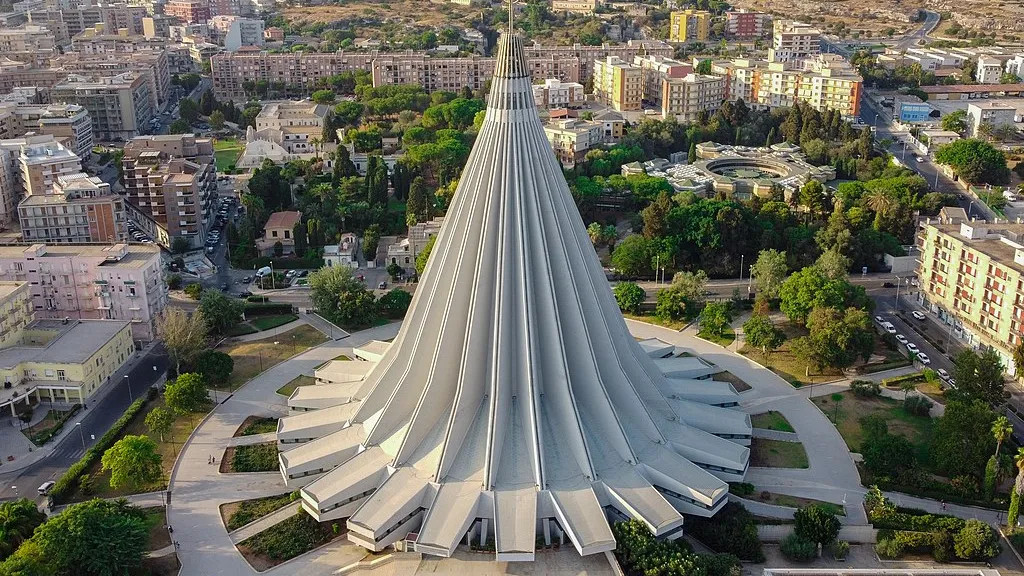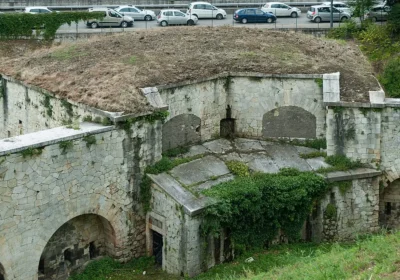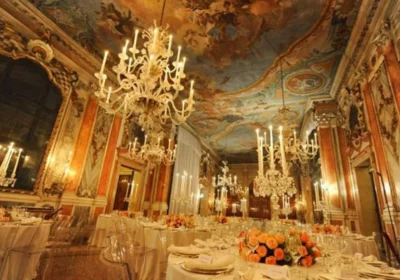Syracuse City Tour (continued).
A true jewel of the old city is the small square of Archimedes, dedicated to the famous resident of the city. In the centre of the square is a fountain decorated with a sculptural group headed by Artemis the Huntress.
Another curious attraction of Syracuse is the city’s cathedral. A temple dedicated to Athena was built on the site of the Duomo in the 5th century B.C.E.
The intricate top of the Church of Santa Lucia alla Badia is an eye-catcher for visitors to Syracuse. This building loses out to the Duomo in terms of size, but it is astonishing in its architecture. There is a whole legend about St Lucia’s speciality.
The Spring of Arethusa – according to ancient Greek legends, Arethusa was a beautiful river nymph who tried to escape from the god Altheus. The mighty Artemis helped the girl by turning her into a stream. Seeing this, Alpheus turned into the sea.
The city’s most modern landmark is the Church of the Weeping Madonna. In 1953, an amazing event happened in the home of ordinary Syracuse residents – the image of the holy Madonna cried. It was decided to build a church in her honour.
The Vermexio Palace – also known as the Senate Palace was built in 1633 for the needs of the city government. The architect of this mansion was Giovanni Vermexio.
Montalto Palace – this building was built at the end of the fourteenth century at the expense of the noble Sicilian Machota Mergulese. Under the Aragonese kingdom, the palace passed into the hands of Filippo Montalto, which is where the modern name came from.
Moniacce Castle is the most monumental and visible building in Siracusa. It is located in the southernmost part of the island of Ortigia and the date of its foundation is considered to be 1240. The castle owes its name to the Byzantine commander Maniac, who managed to wrest Sicily from the clutches of Arab invaders in the 11th century. The palace appeared during the Sicilian kingdom thanks to the patronage of Emperor Frederick II. According to some sources, the construction of the palace was supervised by the architect Riccardo da Lentini. In the middle of the 16th century, the social life of the palace ended and it was reorientated for military purposes. The fortifications were joined to the palace building, forming a powerful defence complex on the southern tip of the island of Ortigia. In the eighteenth century, ammunition was stored in the premises of the Moniace Castle, which led to an accident. The detonated charges caused considerable damage to the palace.
The damaged castle was left alone for a short period of time until Emperor Napoleon turned his attention to it. For a long time the castle fulfilled its military function and the palace building served as barracks for artillery regiments. In the XX century, the Moniace castle was restored to its secular gloss. The formidable and impregnable fortress was restored and began to receive visitors as an attraction of Syracuse.

















